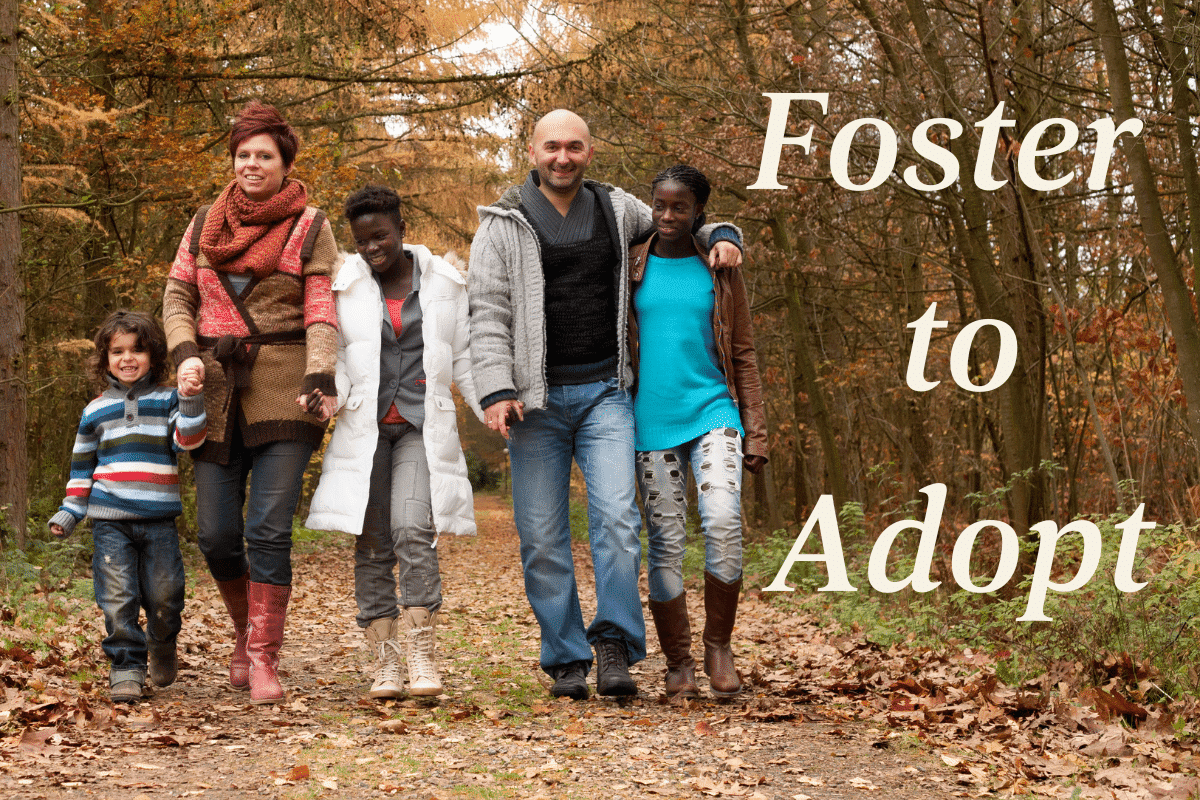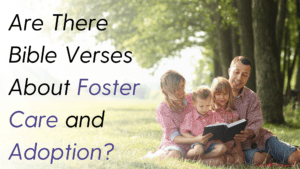Terri and I talked about adoption during our engagement. We married, moved from Virginia to California, and began our careers. After working and traveling for several years, Terri started looking into adoption. On New Year’s Night, 2000, when many of our friends hunkered down in preparation for the impending Y2K doom, Terri kissed me and said, “Let’s get some kids in the house this year.”
Foster Care to Adoption
We considered different types of adoption but ultimately decided to adopt from foster care. Within a few months, we became certified as foster parents, asking our agency worker to look out for cases that were more likely to lead to adoption (though we knew there were no guarantees), and we waited for that first placement call. A couple of months passed, and then, during a home visit, Glenn asked if we’d consider a placement that wouldn’t necessarily look likely to lead to adoption. Looking back, the question being asked was a much bigger one – and it wasn’t coming from Glenn. God was asking us if we were going to do foster care on His terms or ours. We told Glenn we would be open to it, though it wasn’t what we wanted or hoped for. Our agenda for entering foster care was to foster for the purpose of adopting – or fostering to adopt – not to simply foster.
Within minutes of leaving our home, Glenn called. Two brothers, ages 5 and 4, needed a home for what could be as little as 5 days. It wasn’t what we had planned, but we believe God was calling us to surrender our wants to His will and to trust Him. We hesitantly said yes, and the boys soon moved into our home. Five days turned into a week, a month, a year, and eventually into our first adoption. Chris is now 28, married with one child, and Anthony is 27 and also married.
Adopt Through Foster Care Joy
God had challenged us, and then changed our hearts to be more open to His will for us in foster care, rather than our own will. We eventually fostered for 16 years, providing a temporary home for about a dozen children, in addition to providing a permanent home for seven through adoption
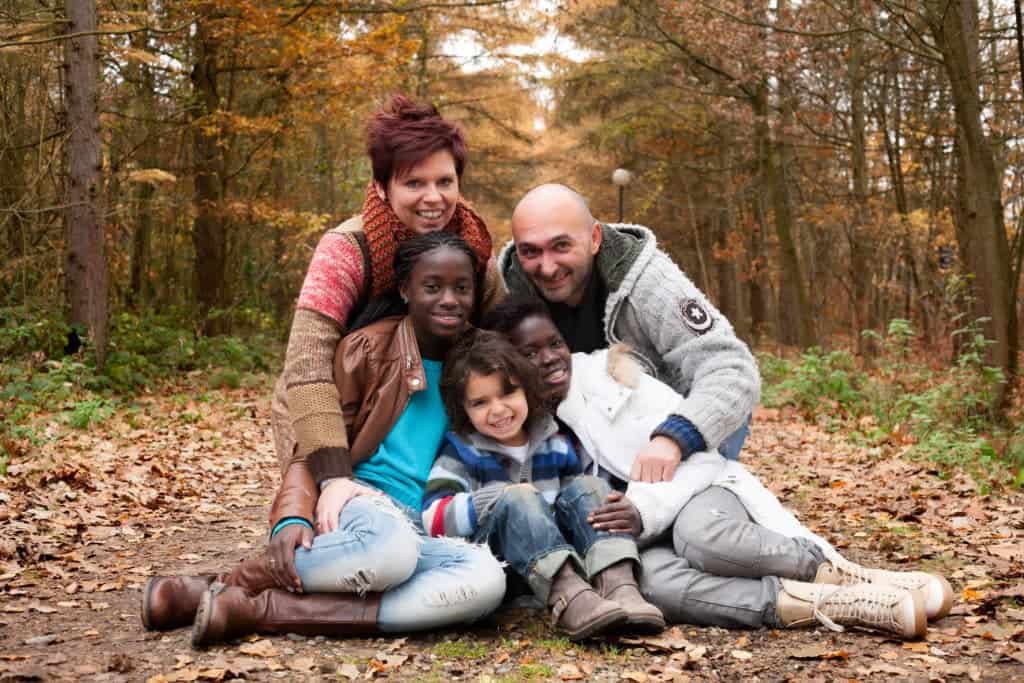
Foster to Adopt
The concept of fostering to adopt is controversial. Some critics say that the goal of foster care is reunification. If you’re entering foster care for adoption, they might argue you’re doing it for the wrong reasons, and you will possibly work directly against the established goal of the system. Though there are elements of truth to this, I disagree with the criticism to an extent.
Saying that the goal of foster care is reunification can lead one to believe that adoption from foster care represents failure. As Christians, we should see the adoption of children who need permanent homes as a picture of God’s redemptive work in the world and, therefore, something to be celebrated. It is anything but a failure. We recognize there is loss and pain, but we also recognize that God is at work redeeming the loss and pain for our good and for His glory. We can help to bring healing by maintaining relationships with our children’s biological families (when appropriate) even after adoption because Jesus commands us to love them as we love ourselves.
Foster to Adopt Resources
How Does Foster Care Adoption Work?
The stated goals of the child welfare system, as established by our federal government (Adoption and Safe Families Act of 1997), are safety, permanency, and well-being. With those goals in mind, one can say that both adoption AND reunification can be considered positive outcomes of foster care. Put simply, neither reunification nor adoption are the goals of the system; instead, they are two preferred means of meeting the system’s goals.
However, if adoption is our goal, we must remember that not every child in the foster care system is freed for adoption or will be freed for adoption. As Christians, we need to enter foster care as open-handed as possible. Psalm 68:6 says that God “sets the lonely in families.” We must remain open to what He wants for our family, whether it be the temporary placement of children into our homes while their biological parents work to reunify permanent placement of children into our homes through adoption, both, or neither.
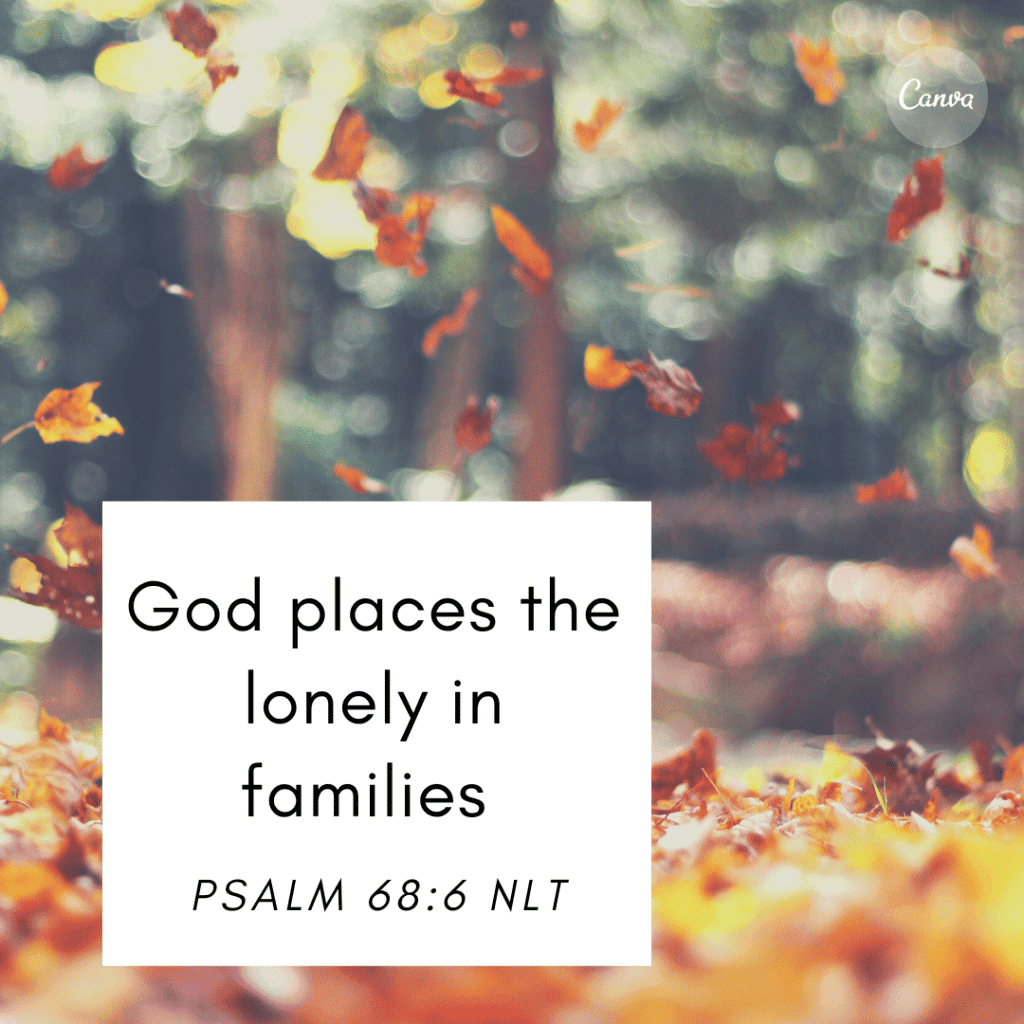
Reunification Vs. Foster to Adopt
While reunification is not the actual goal of the child welfare system itself (but rather a means to meet the system’s goals), it is the stated goal in MOST (but not all) individual cases at the outset of those cases. Suppose we, as foster parents, welcome a child with a case plan of reunification into our home but have only adoption in mind. In that case, we may indeed, even unwittingly, work against the case plan and perhaps against the child’s best interests. We may nitpick during visitations, find fault with the biological parents, and report things negatively to try to push the case toward adoption. It may not be our intention, but it’s a danger that comes from being sinners and having a specific agenda.
There is also a danger in entering foster care for the sole purpose of facilitating reunification. If that is our goal, we may overlook red flags and fail to report things about the biological parents that we should to push the case toward reunification. That can also be counter to the child’s best interests, and we need to guard against that as well.
No matter what we may personally want, we must always remain prayerful and aligned with God’s will for each child placed in our home. We must always speak the truth, as objectively as possible, and “speak up for those who cannot speak for themselves” (Proverbs 31:8), including the children and perhaps the biological families. If reunification is in the child’s best interests, we can support that, and if adoption is in the child’s best interests, we can provide the loving, permanent home that the child needs. As Christians, we can remain flexible and trust God.
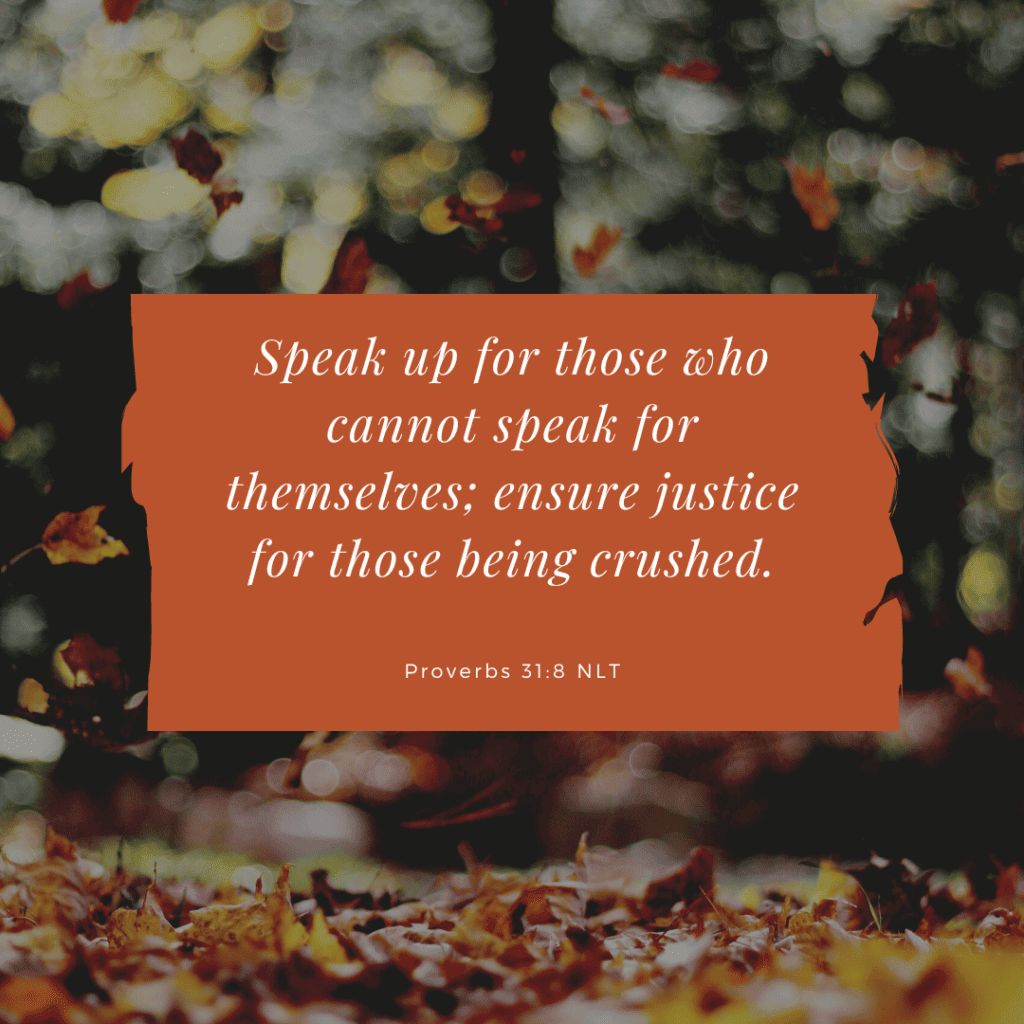
Fostering to Adopt
If you believe God is calling your family to adopt, and not to foster, there still may be a place for you in the foster care system. There are currently more than 110,000 children and youth in foster care who are waiting for adoptive homes. Reunification is no longer an option for these kids. They are in need of permanency and God can use your family to provide that permanency. If you want to know more, contact your local child welfare office and ask what you need to do in order to welcome one or more of these children into your home.
If we had it to do all over again, we likely would not have entered foster parenting with the goal of adoption. We would have hopefully entered with the goal of glorifying God, and loving children and families as we love ourselves.
Whatever your personal desires, please prayerfully consider opening your home to a child, or more, in foster care. Whether the child is there for a night, or becomes part of your family forever, love that child (and his/her biological family) unconditionally, remain open to what God calls you to do, and trust Him through it all.









